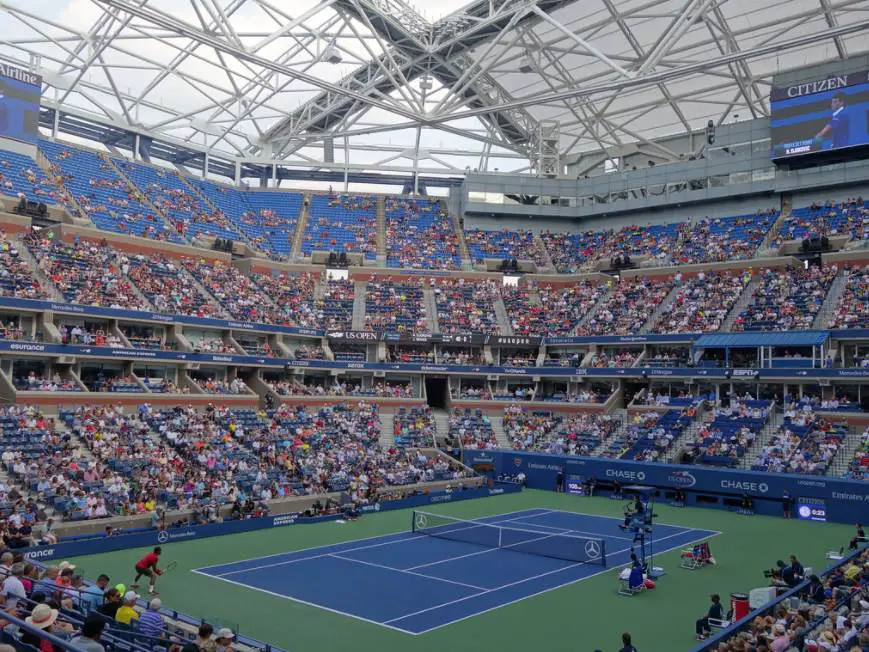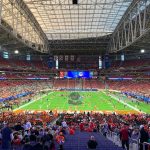Even though tennis is a game played with relatively small balls, it’s played in immense stadiums.
That’s mainly because an obscure game played with the palm of the hands in northern France called “Jeu de Paume” ended up becoming one of the most popular sports in the world.
The largest tennis stadium in the world is one of the most amazing arenas you’ll ever come across, and in this article, you’ll discover the most interesting facts about the Arthur Ashe Stadium.
1. It’s located in one of New York City’s 5 boroughs
The Arthur Ashe Stadium is the main venue of the US Open, a hardcourt Grand Slam tennis tournament held in New York City.
The huge stadium, along with the other smaller tennis stadiums, is located in the Flushing Meadows-Corona Park, often referred to as simply “Flushing Meadows.”
This park covers an area of 897 acres (363 hectares) which makes it the 4th-largest park in the city. It’s located in the northern part of Queens, one of the 5 boroughs that make up New York City.
What’s remarkable about this park is that it was created in the year 1939 to serve as the venue of the World Fair of that year. It served this purpose once more in the year 1964.
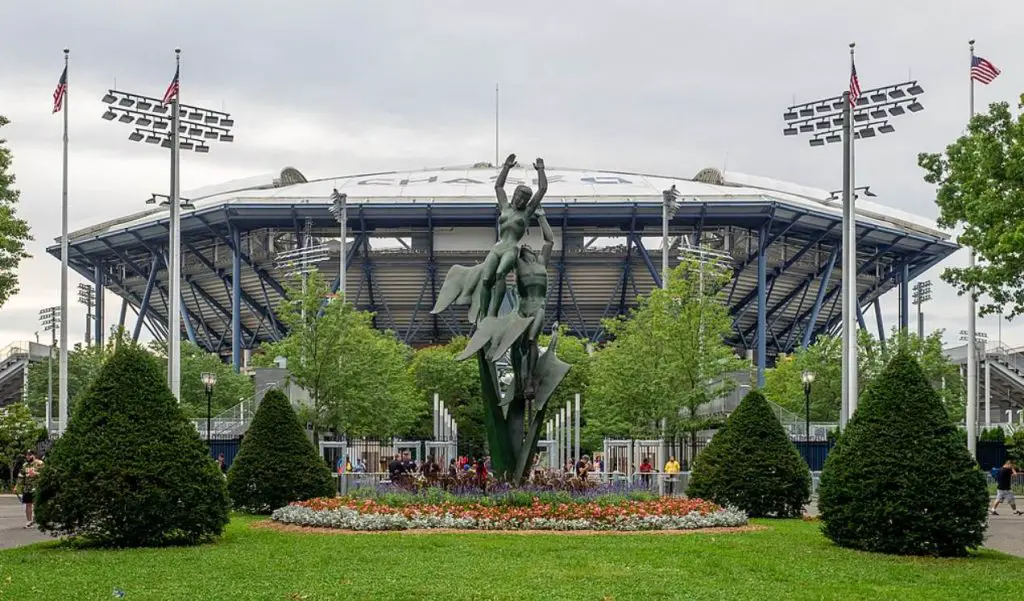
2. The second-largest stadium in the world doesn’t even come close
The stadium is huge as it has a seating capacity of 23,771. This means that it’s substantially bigger than the second-largest tennis stadium in the world as well.
This is the Indian Wells Tennis Garden which has a seating capacity of 16,102. That’s a whopping 7,669 less than the Arthur Ashe Stadium.
The downside of such a huge stadium is that the view from the top seats isn’t that great, especially because tennis is such a fast-paced game played with small tennis balls.
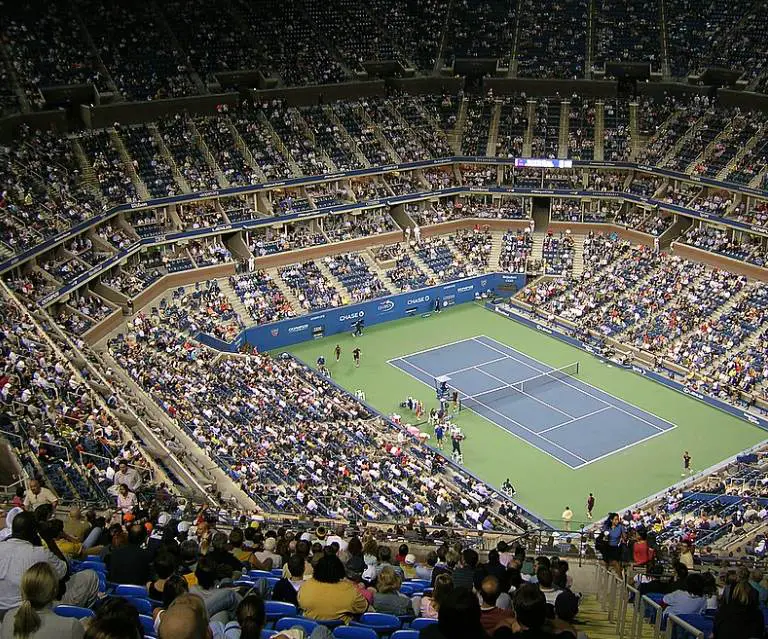
3. It has been the main venue of the US Open since the late 1990s
The stadium became the main venue of the US Open upon its completion in the year 1997. Back then, it had only a seating capacity of 15,547 seats and 90 luxury suites.
Other remarkable features of the stadium are 5 restaurants and a players’ lounge consisting of 2 floors. This means that the cost to build the stadium was enormous too as it ended up with a price tag of $254 million.
Just like the other 31 courts inside the Flushing Meadows Park, it features a DecoTurf cushioned acrylic surface. This is a type of hardcourt tennis court made of layers of silicone on top of an asphalt or concrete foundation.
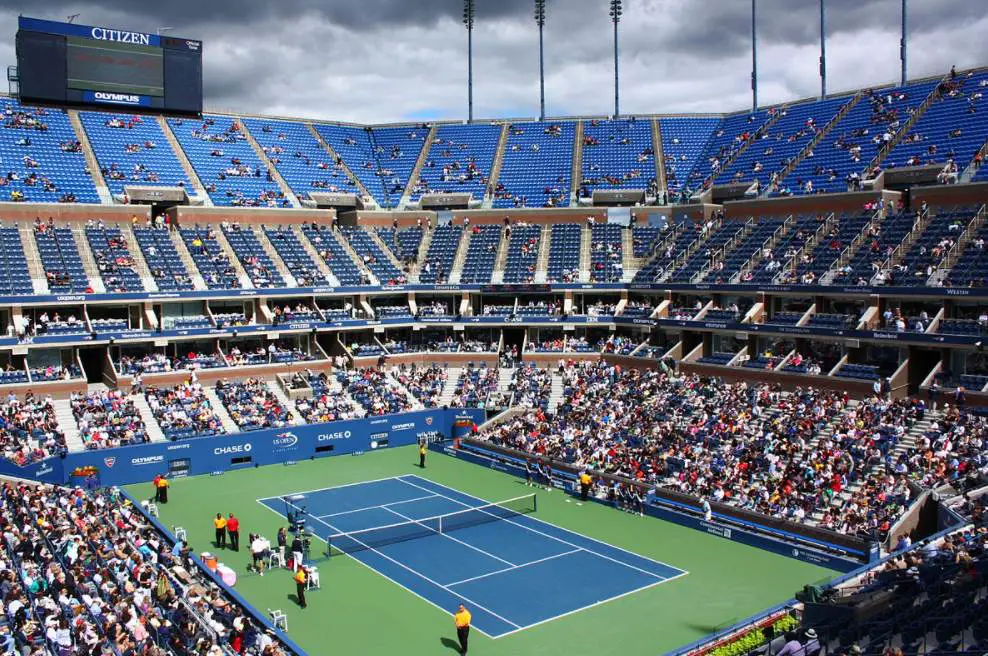
4. The stadium was named in honor of a famous tennis player
The opening ceremony of the stadium took place on August 25, 1997, which was also the opening of the US Open that year. Whitney Houston sang “One Moment in Time” during this event.
At the same time, the stadium was dedicated in honor of Arthur Ashe (1943-1993), the winner of the first US Open tournament in 1968.
The tragic story of Ashe is that he most probably contracted HIV during a botched blood transfusion during heart bypass surgery. He finally died 10 years after contracting the disease.
He spent the rest of his life dedicating himself to spread awareness about AIDS and heart health through the Arthur Ashe Foundation and posthumously earned the Presidential Medal of Freedom for his efforts.
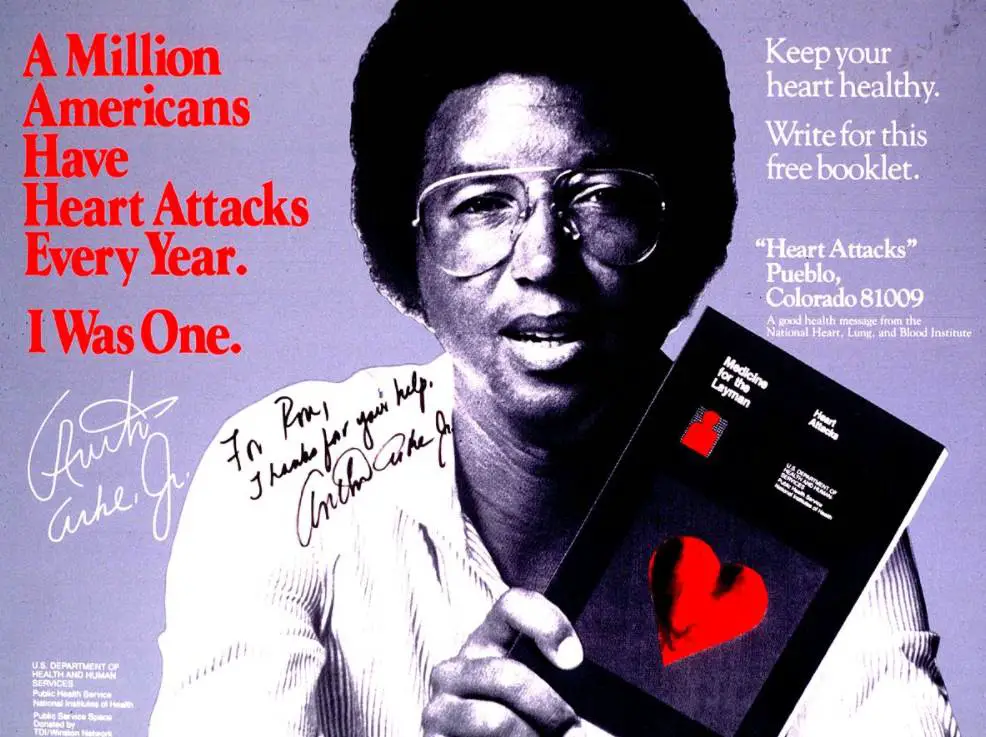
5. The roof of the stadium was finally completed in the year 2016
The biggest problem of the immense stadium was the fact that the tournament was constantly delayed because of rain. This was especially the case during 5 consecutive US Open men’s finals between 2008 and 2012.
This was the final straw for the USTA, the organization managing the tournament, so they introduced plans to build a roof in 2013.
This was the major project of a $550 million investment to improve the tennis facility, with the roof costing an astounding $150 million.
The retractable roof was finally completed in the year 2016 which marked the first year that the games at the stadium could be completed without delays, what a relief indeed!
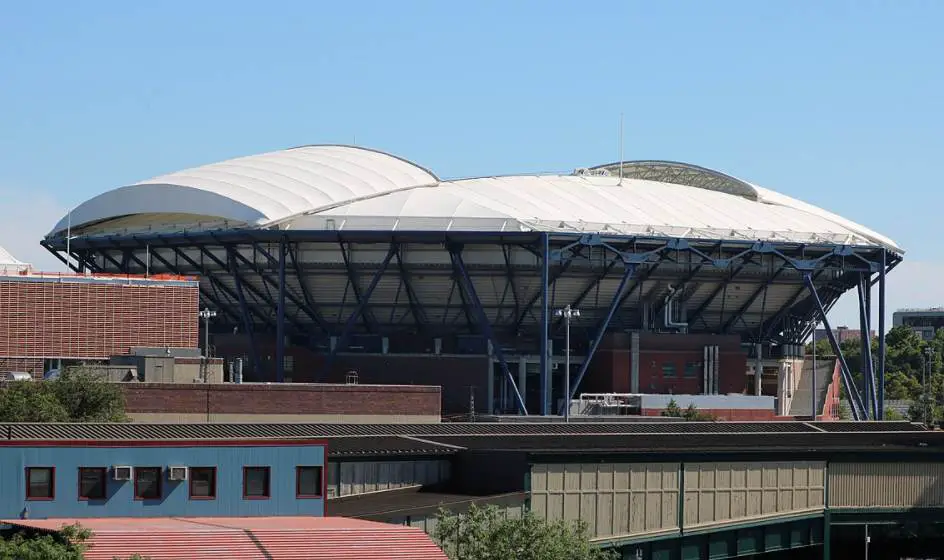
More interesting facts about the Arthur Ashe Stadium
6. The tennis facility in which the stadium is located is known as the “USTA Billie Jean King National Tennis Center.” It features 22 tennis courts inside (there are 12 additional ones outside) and covers an area of 46.5 acres (0.188 square kilometers).
This complex was originally known as the “USTA National Tennis Center” but was originally renamed in 2006 in honor of former female tennis champion Billie Jean King (born 1943).
7. It also features the “Louis Armstrong Stadium,” the second-largest stadium at the park with 14,000 seats and the 8th-largest tennis stadium in the world. This stadium was named after the late Jazz musician who lived just nearby.
This stadium was originally the main venue of the US Open before 1997. It has also been completely rebuilt, a project that was only completed in 2018. The result is magnificent as well.
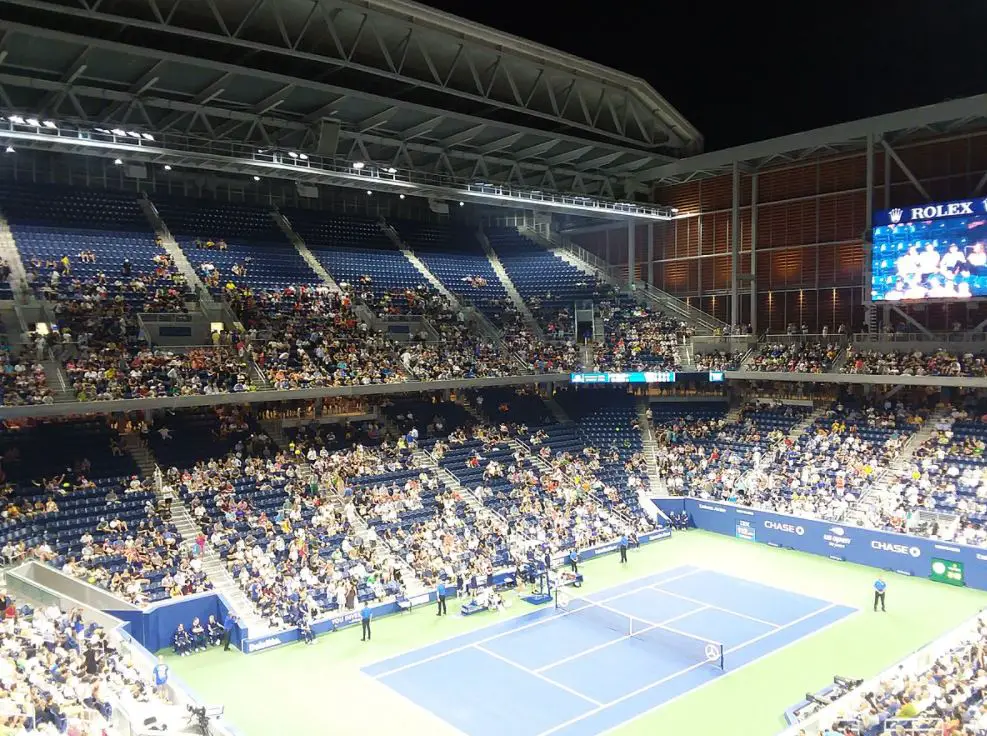
8. The stadium is so big that it is hard to follow the game from the top seats. This was especially the case when the color of the courts was still green before 2005.
Because of this reason, the color of the courts in all stadiums was changed to electric blue for the inner court and light green for the outer court. This type of blue contrasts with the yellow tennis balls and is better visible.
9. Even though this stadium is considered to be a tennis-only venue, it has been used for some other events as well.
One of these events happened in 2008 when the first-ever women’s NBA game was played here between New York Liberty and Indiana Fever. New York lost 71–55 on July 19 and the proceeds of the game went to breast cancer awareness.
The second event was the Fortnite World Cup, a video games competition held between July 26 and 29, 2019. This wasn’t a small event as well because the prize pool consisted of $30 million, including $3 million for the winner of the final.
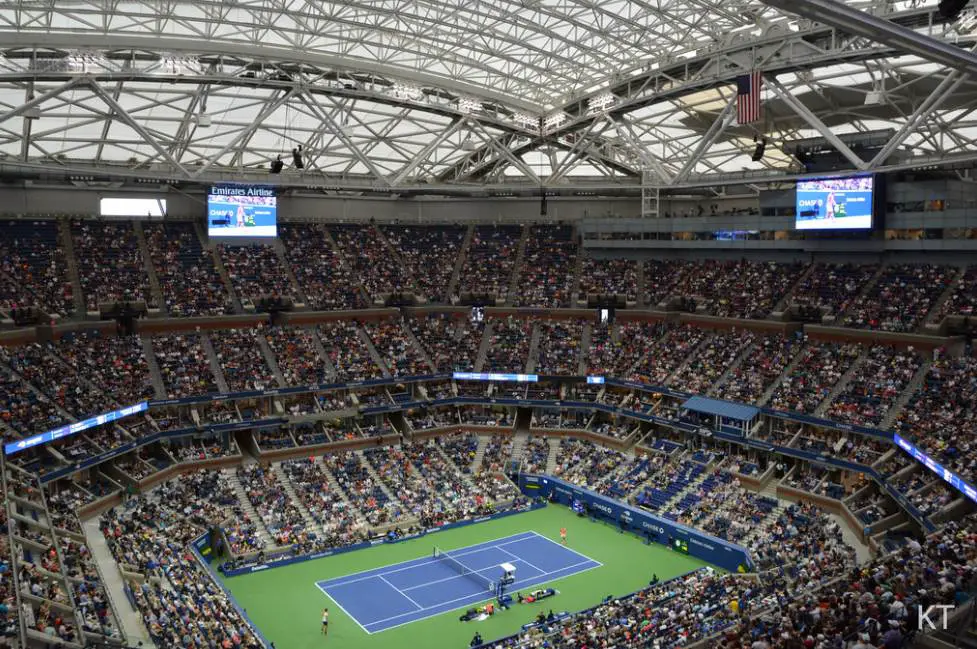
10. Constructing the retractable roof of the stadium wasn’t an easy task, that’s for sure. It was designed by Rossetti Architects, a renowned architect of sports stadiums. They collaborated with WSP Global and Geiger Engineers to integrate the mechanism to move the roof.
The main features of the roof are two huge panels that each weigh 800 tonnes and cover an area of 210,000 square feet (20,000 square meters). These panels can move at a maximum speed of 25 feet per minute (0.45 kilometers per hour) in case the rain starts.
This huge structure is supported by 8 columns that rest on concrete bases. These in turn are supported by 20 pillars each that were drive up to 200 feet (60 meters) into the ground.
This kind of explains why it cost $150 million to build this structure, right?
